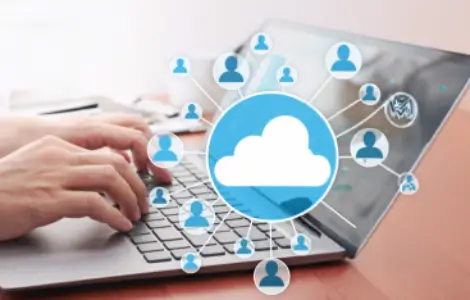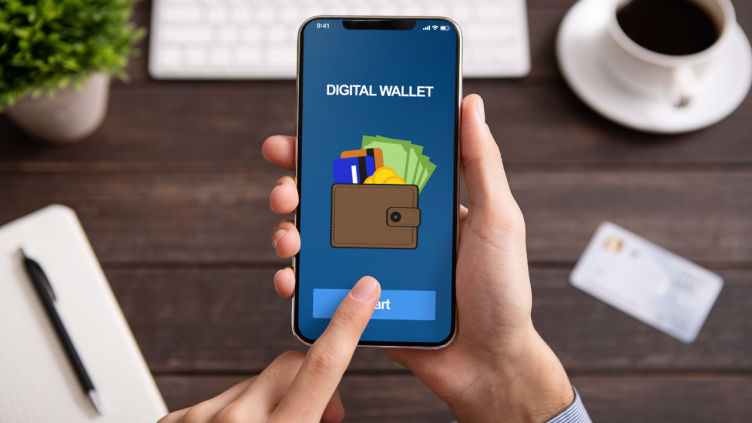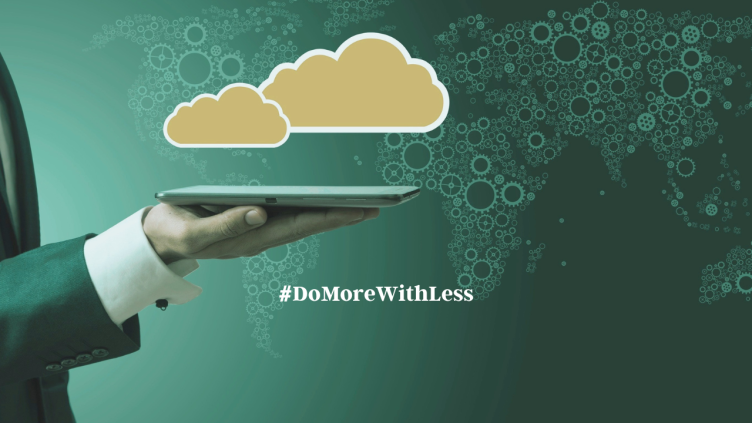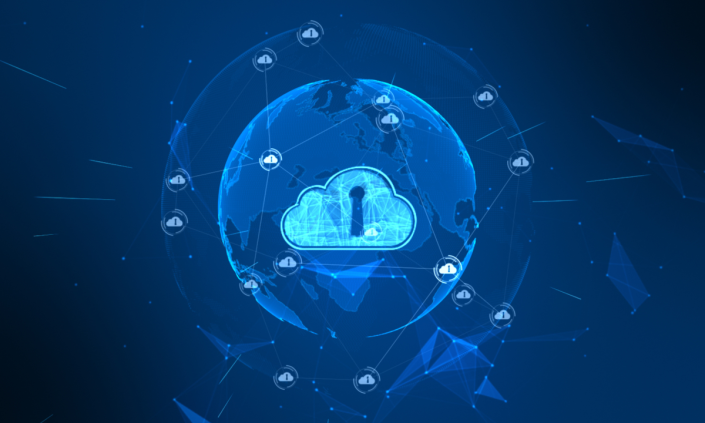
Bits & Bytes: The IT Chronicles

An Easy Guide To MS Office 365 – Facilitating Collaboration
Collaboration is important when it comes to daily lives and businesses. People need to share data,…
Cloud Security – Important Security Steps You Need To Implement
There are many instances where the vulnerabilities are exploited either due to the insufficient precautions taken…
Reimagine Your Future In The Cloud And G7 CR Will Bring It To Life!
CXOs are keenly awaiting a future powered by next-gen cloud technologies that exceed conventional boundaries, delivering…
Making The Most Of Cloud Computing: Managed Cloud Service Providers
If you are a small business, a startup, or even an SME, chances are that you…
A Comprehensive Guide To Cloud Modernization Strategies On Azure
Modernizing is an ongoing process that needs continuous planning and migration strategies to ensure the applications…
Demystifying Cloud Modernization With Azure Plus Program
A successful modernization approach begins with the idea of solving current business challenges using cutting-edge technologies…
How To Use Technology To Boost Your Business?
Resource, a keyword for any SME or startup. Something which is in limited quantity but required…
How Fintech Companies Are Leveraging Cloud For Sustainability
Fintech companies have always been concerned about sustainability and are looking for ways to reduce their…
How ISVs Can Optimize Cloud Costs By Migrating To Azure
As ISVs (Independent Software Vendors) continue to grow and scale, it can be challenging to manage cloud expenses…
Top 5 Cloud Security Best Practices For ISVs
Cloud computing eventually enables independent software vendors (ISVs) to scale their services and resources as needed…
